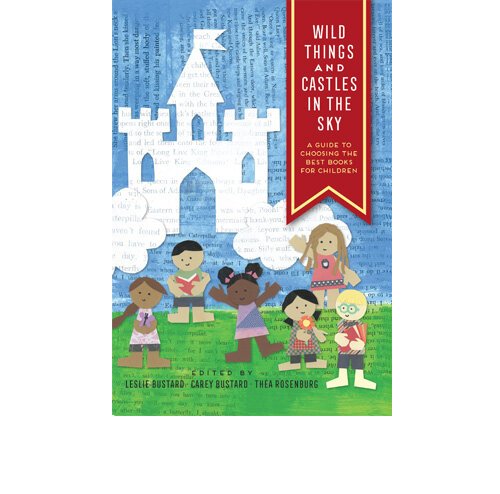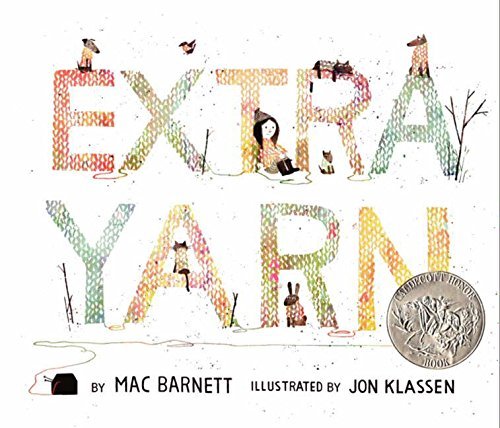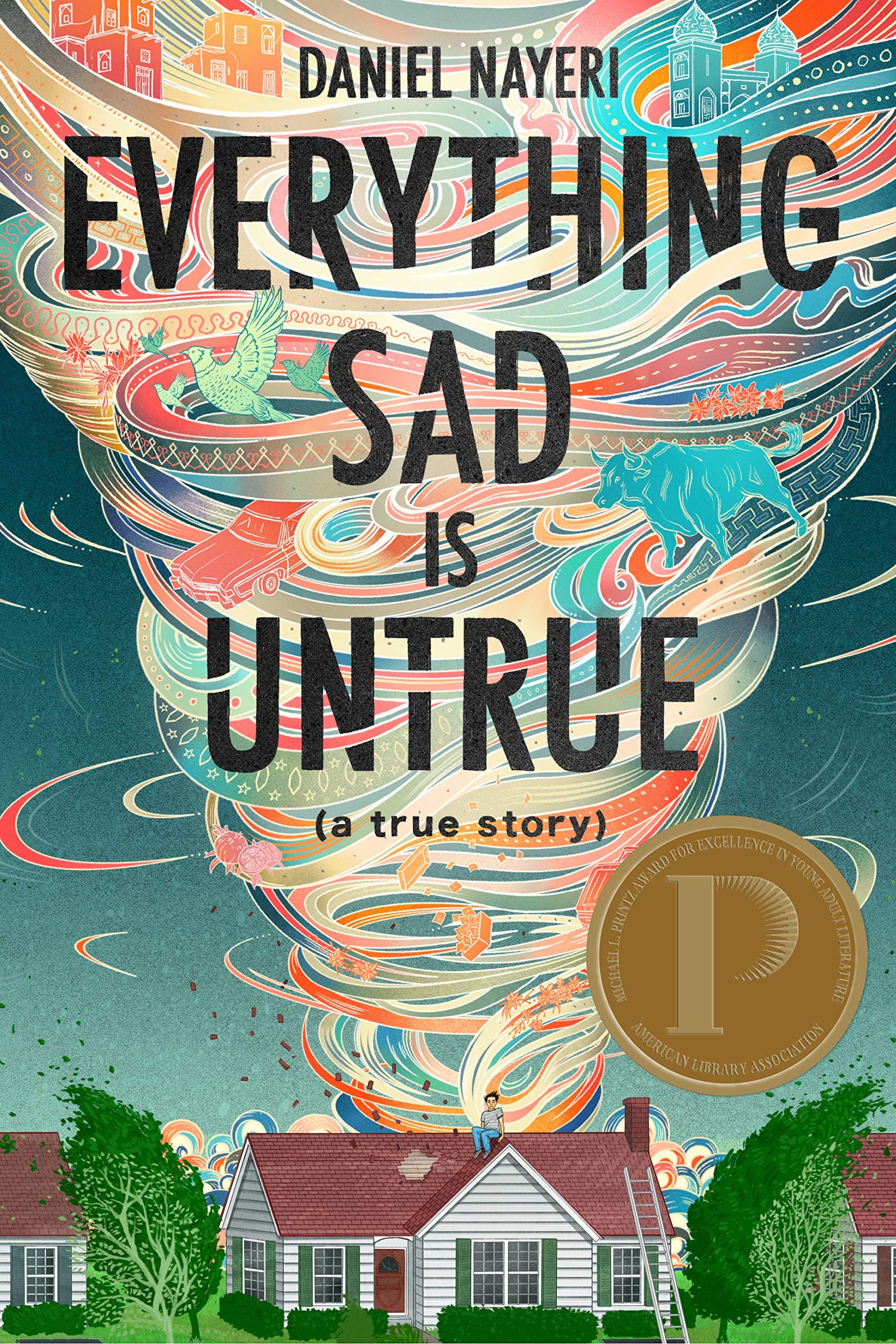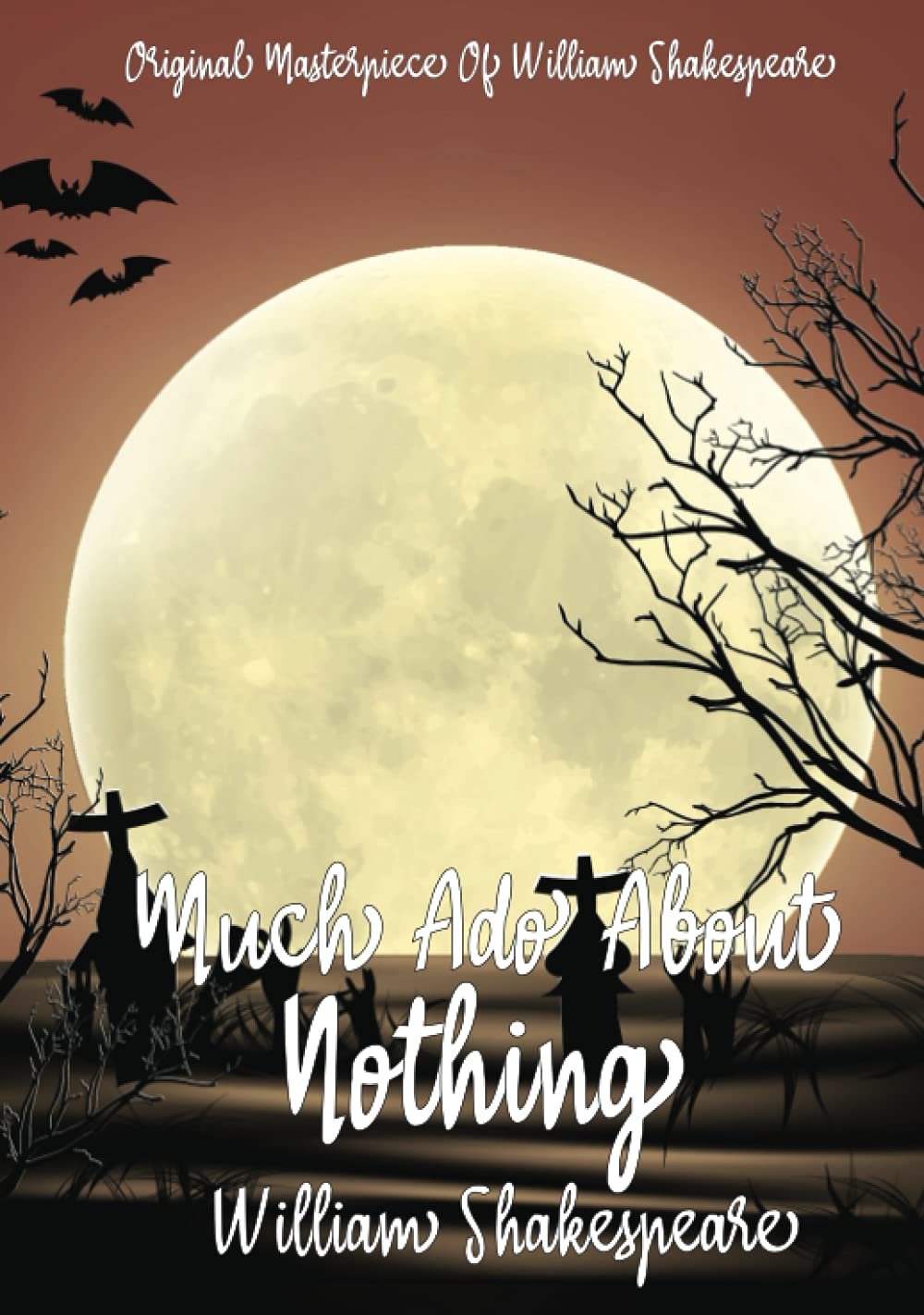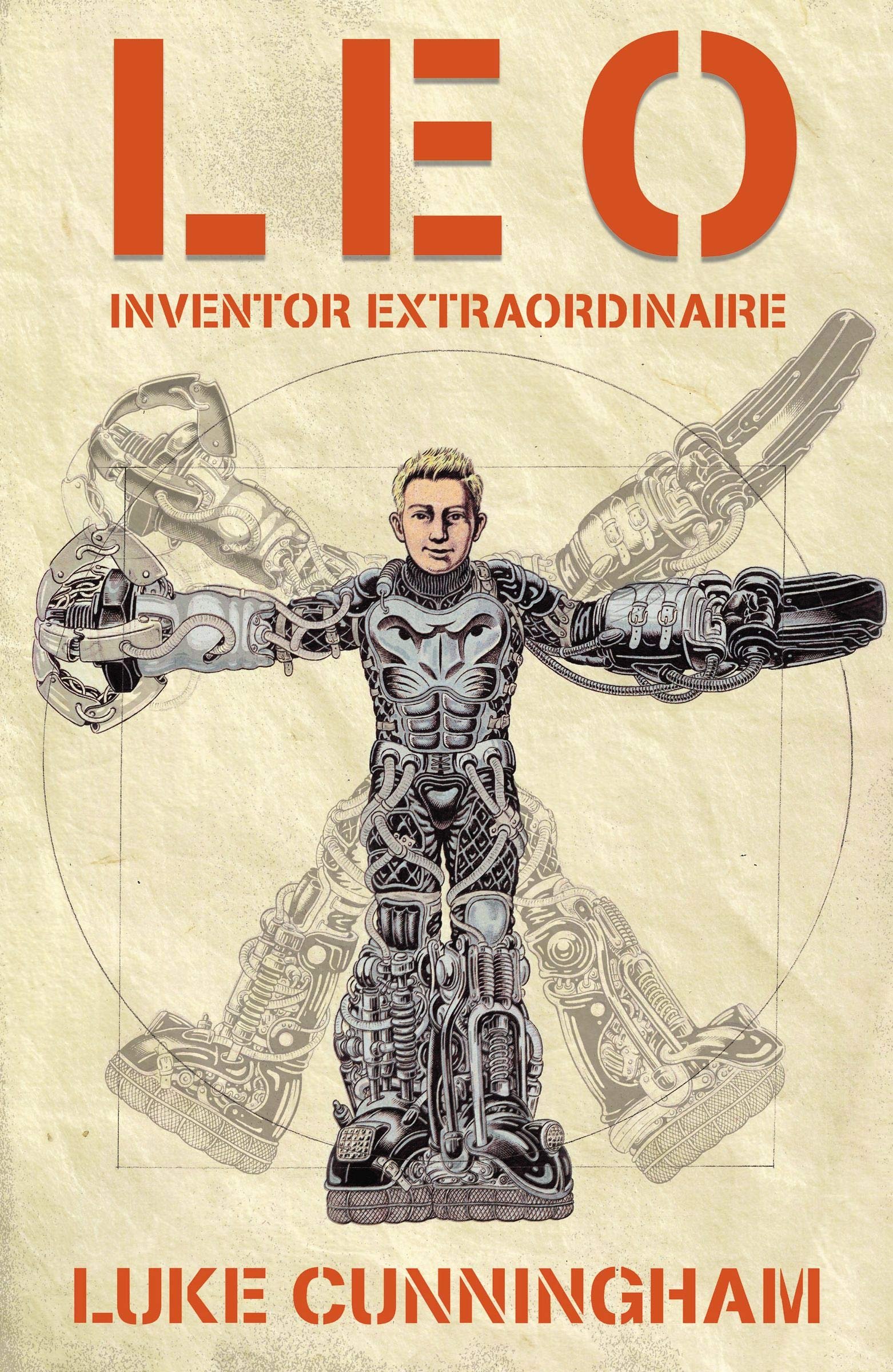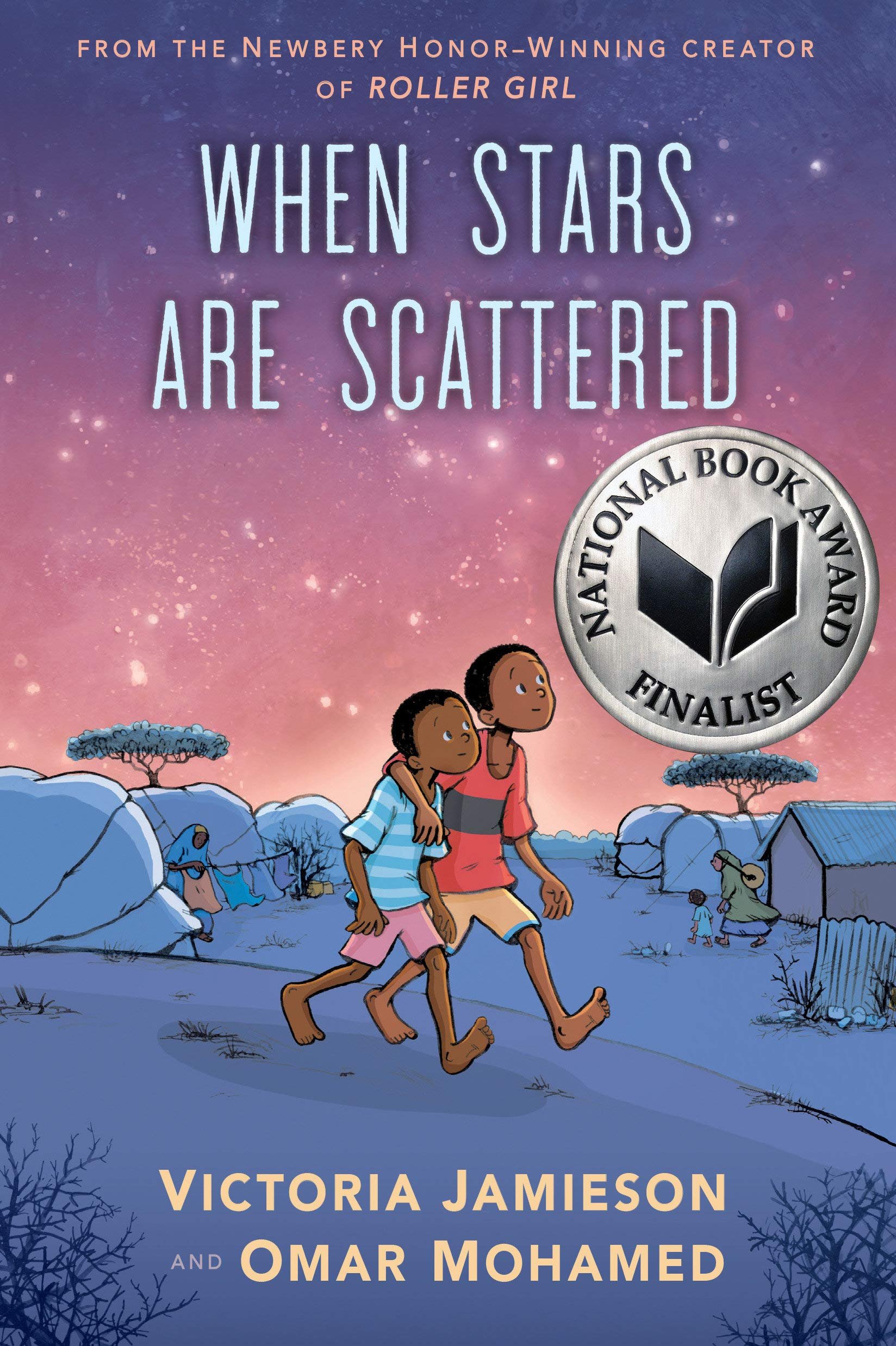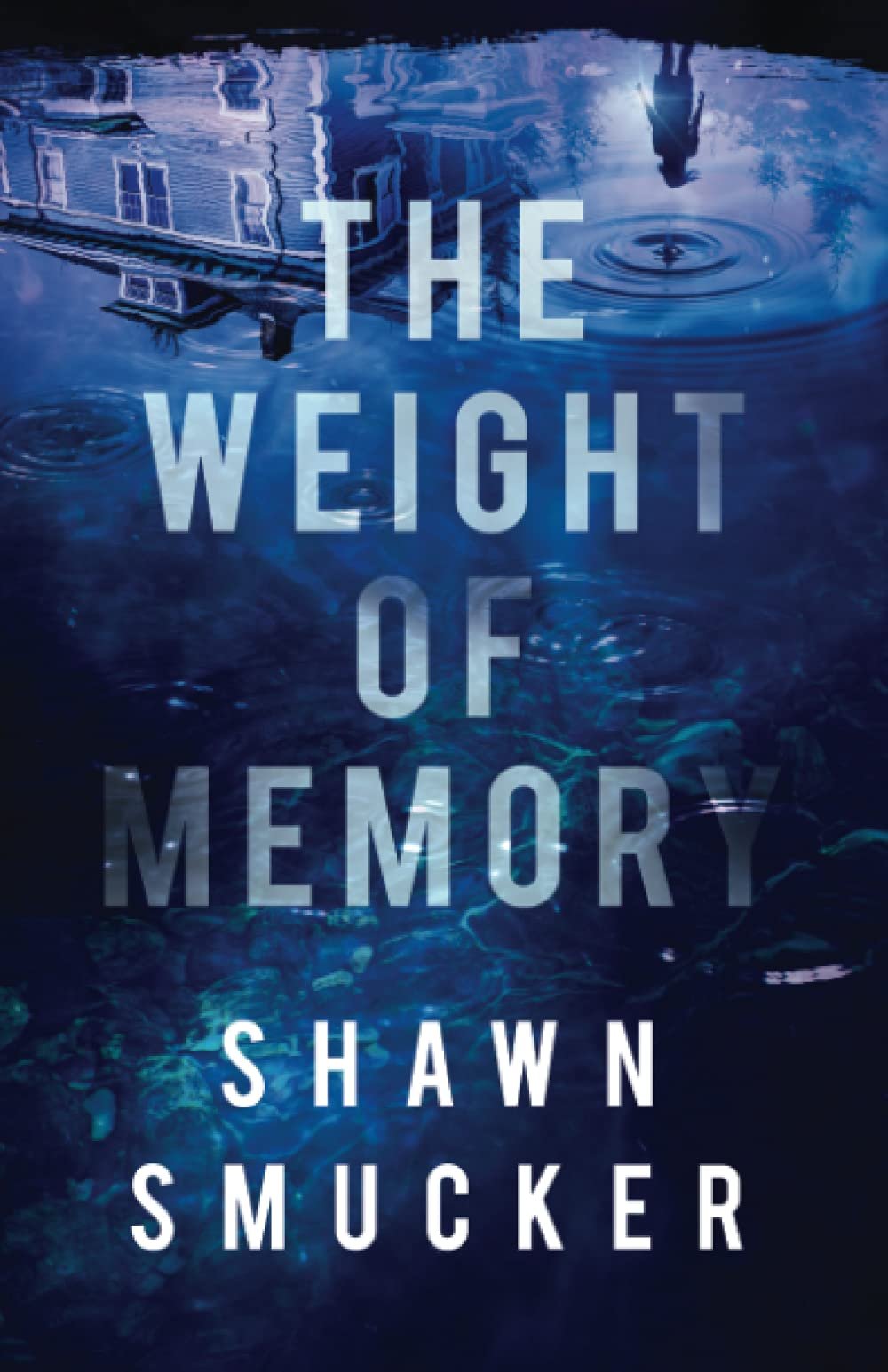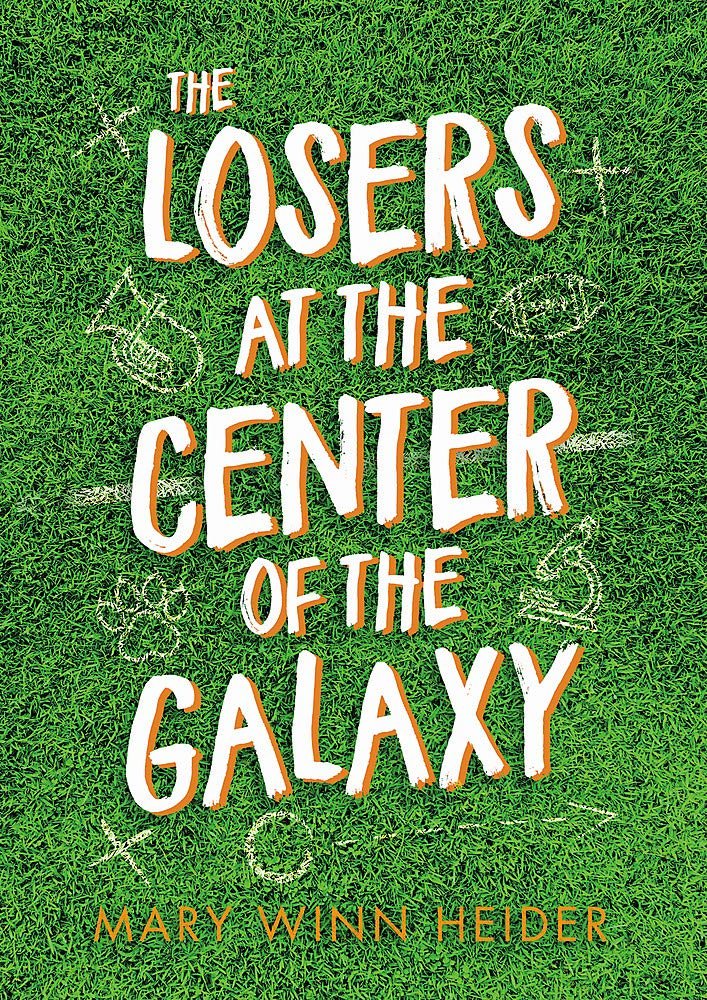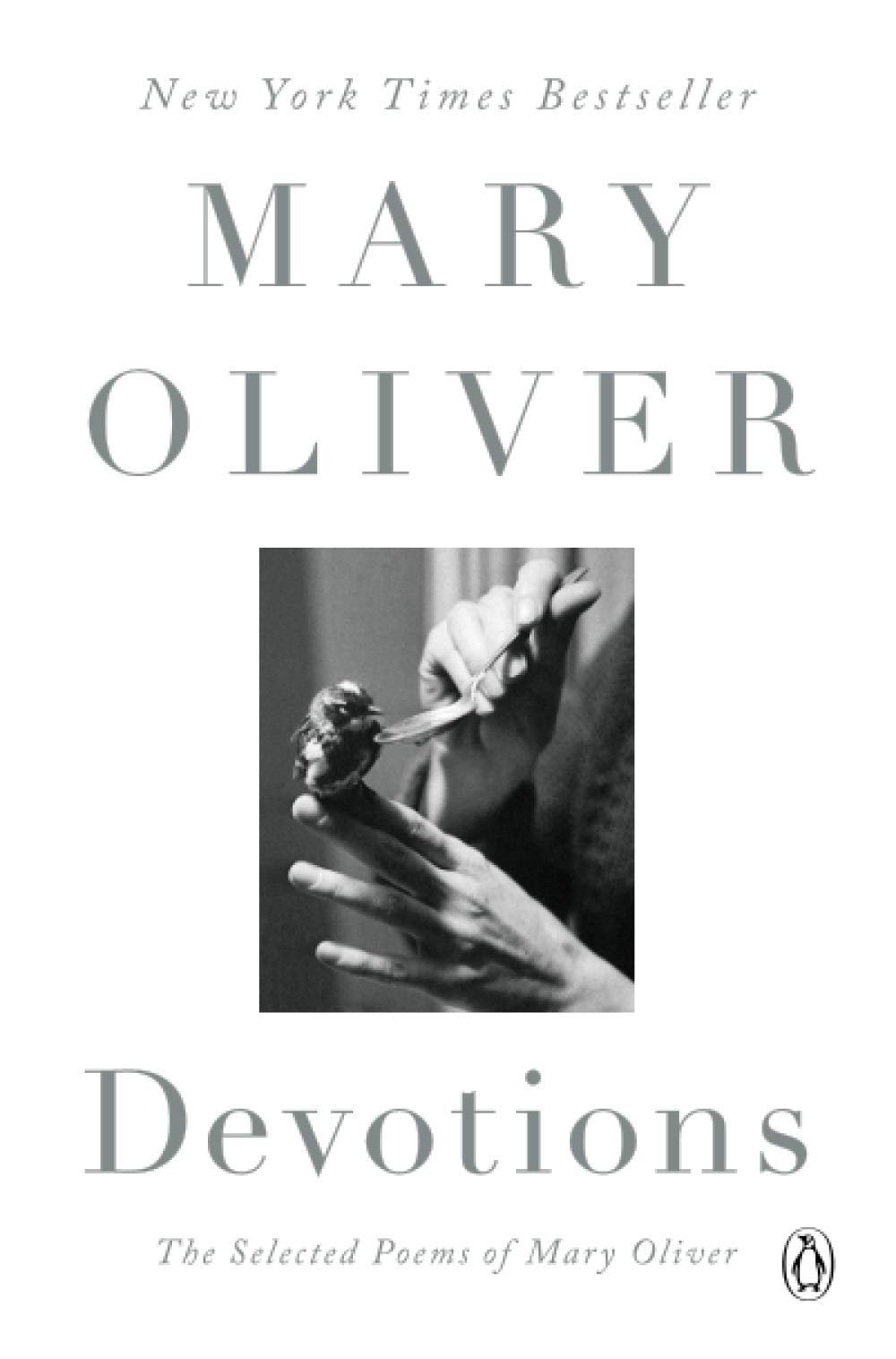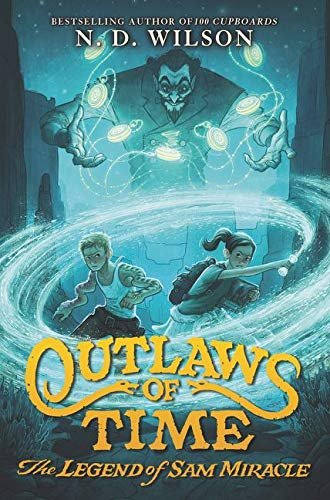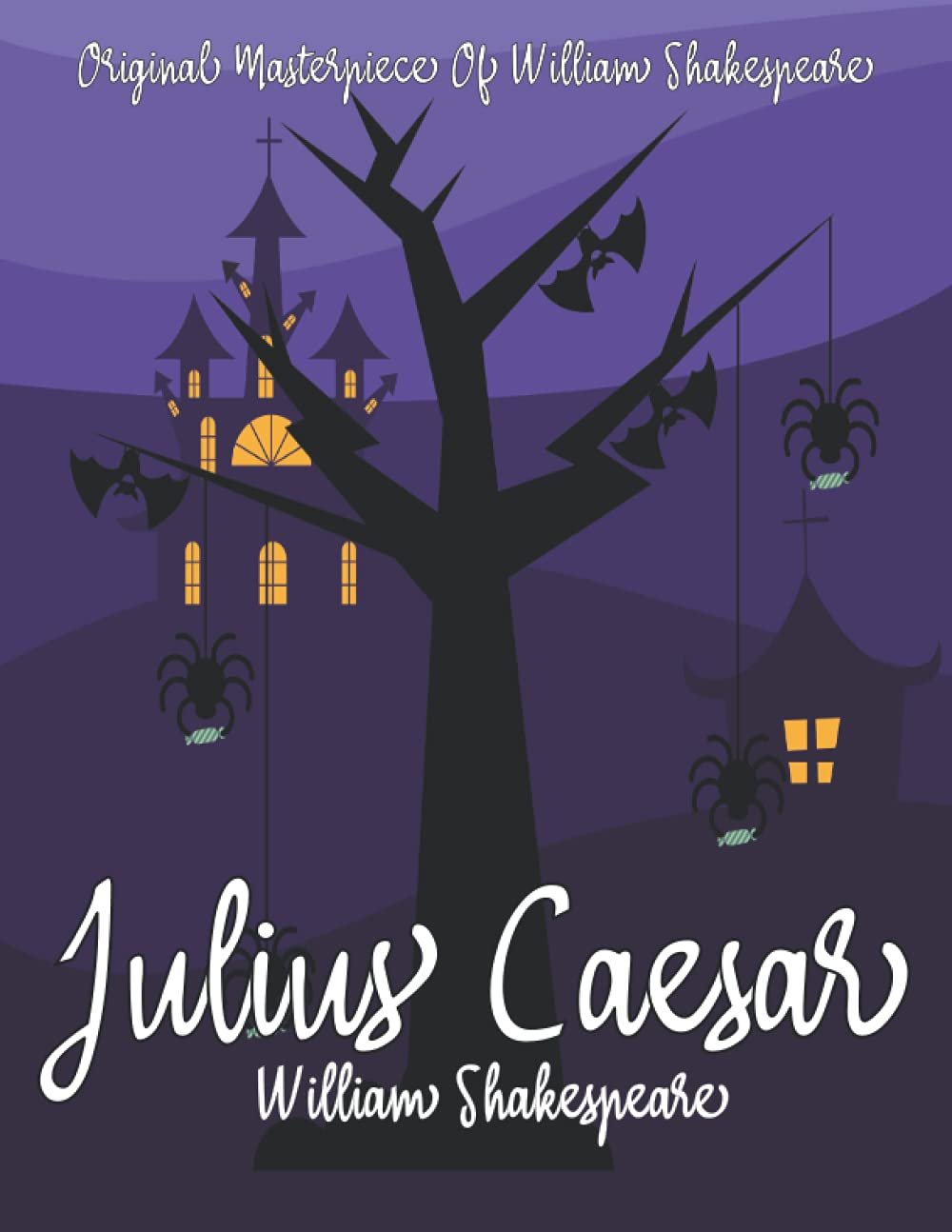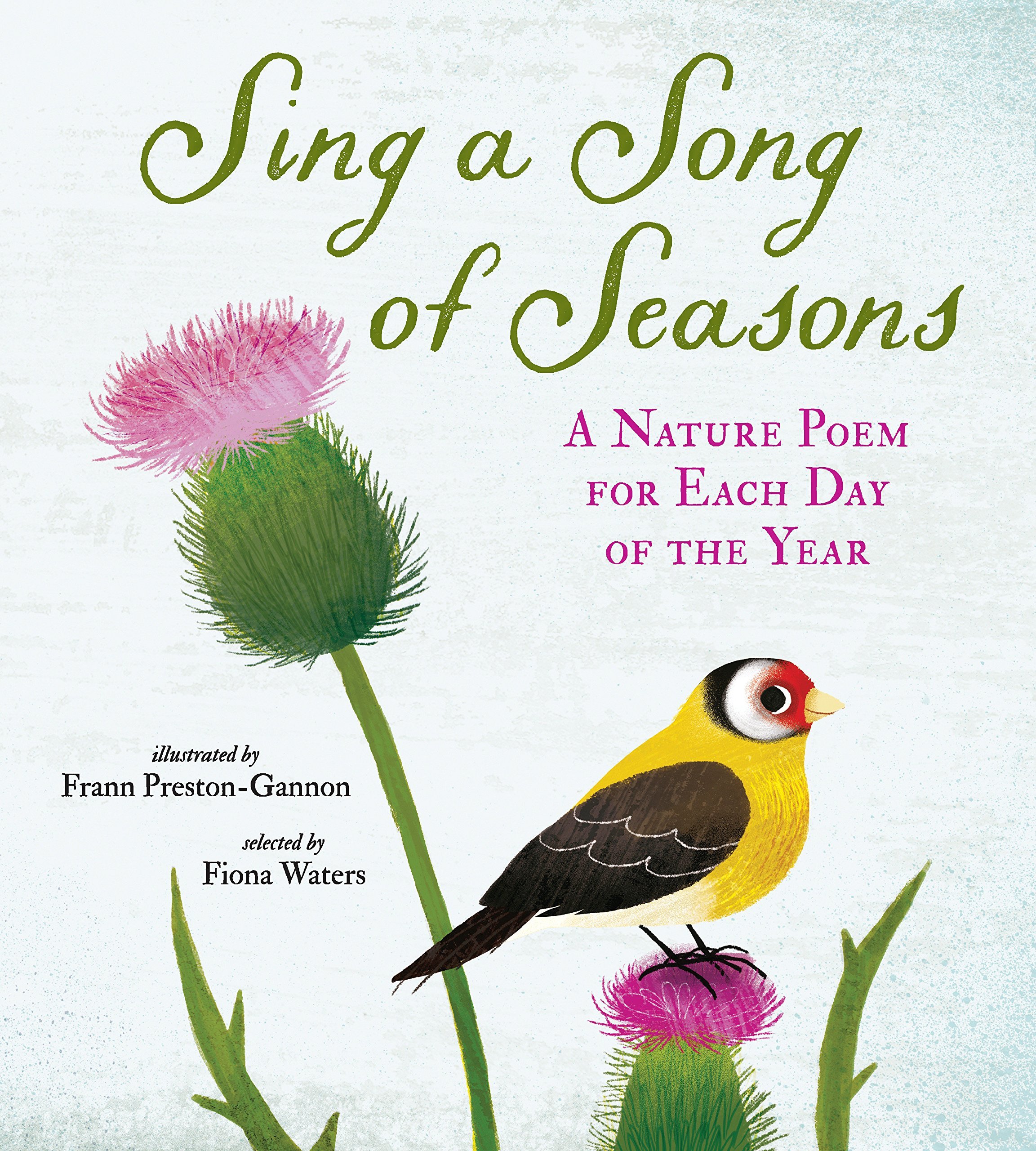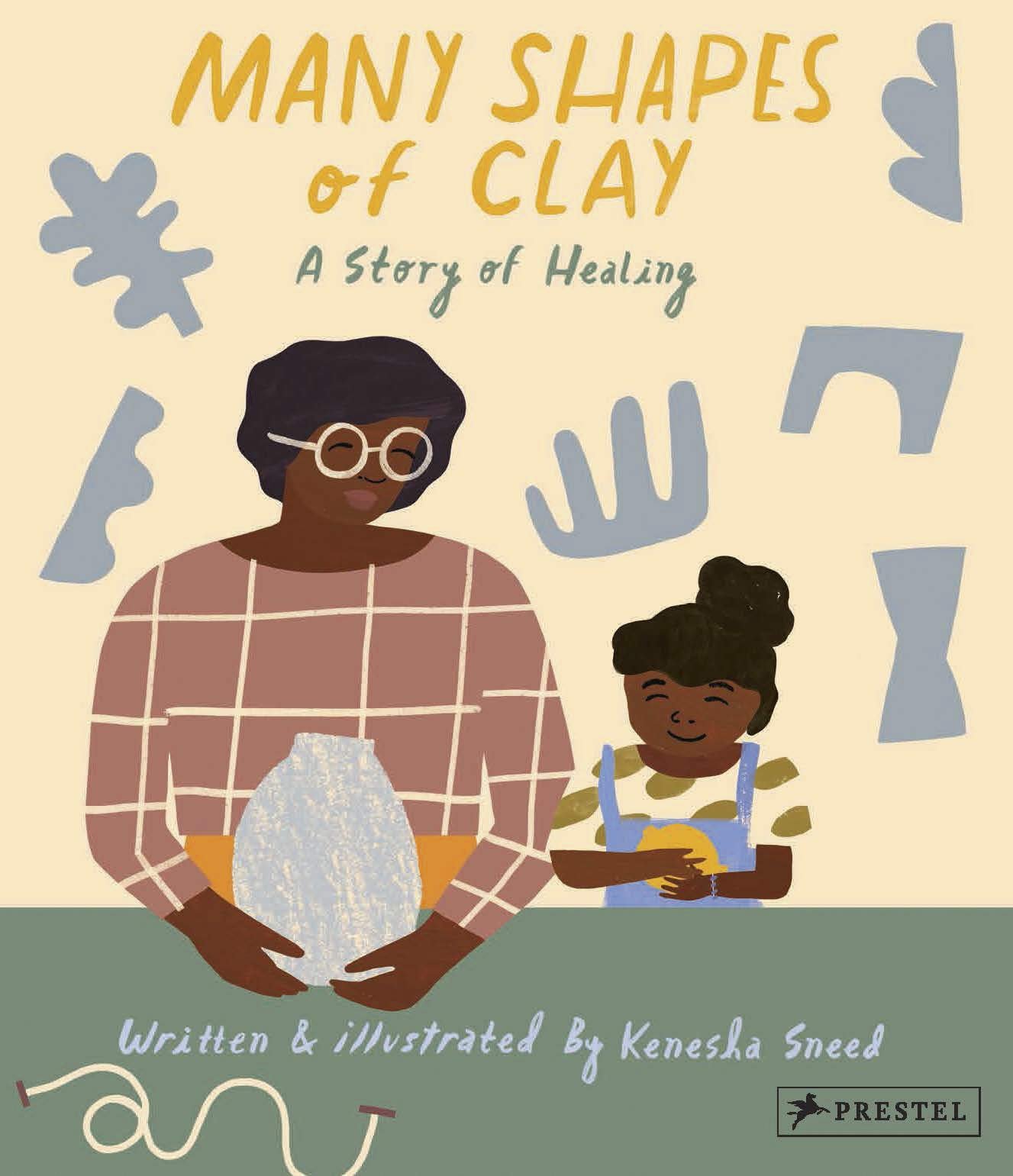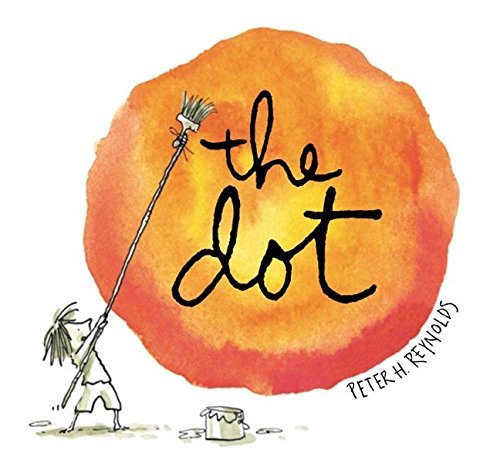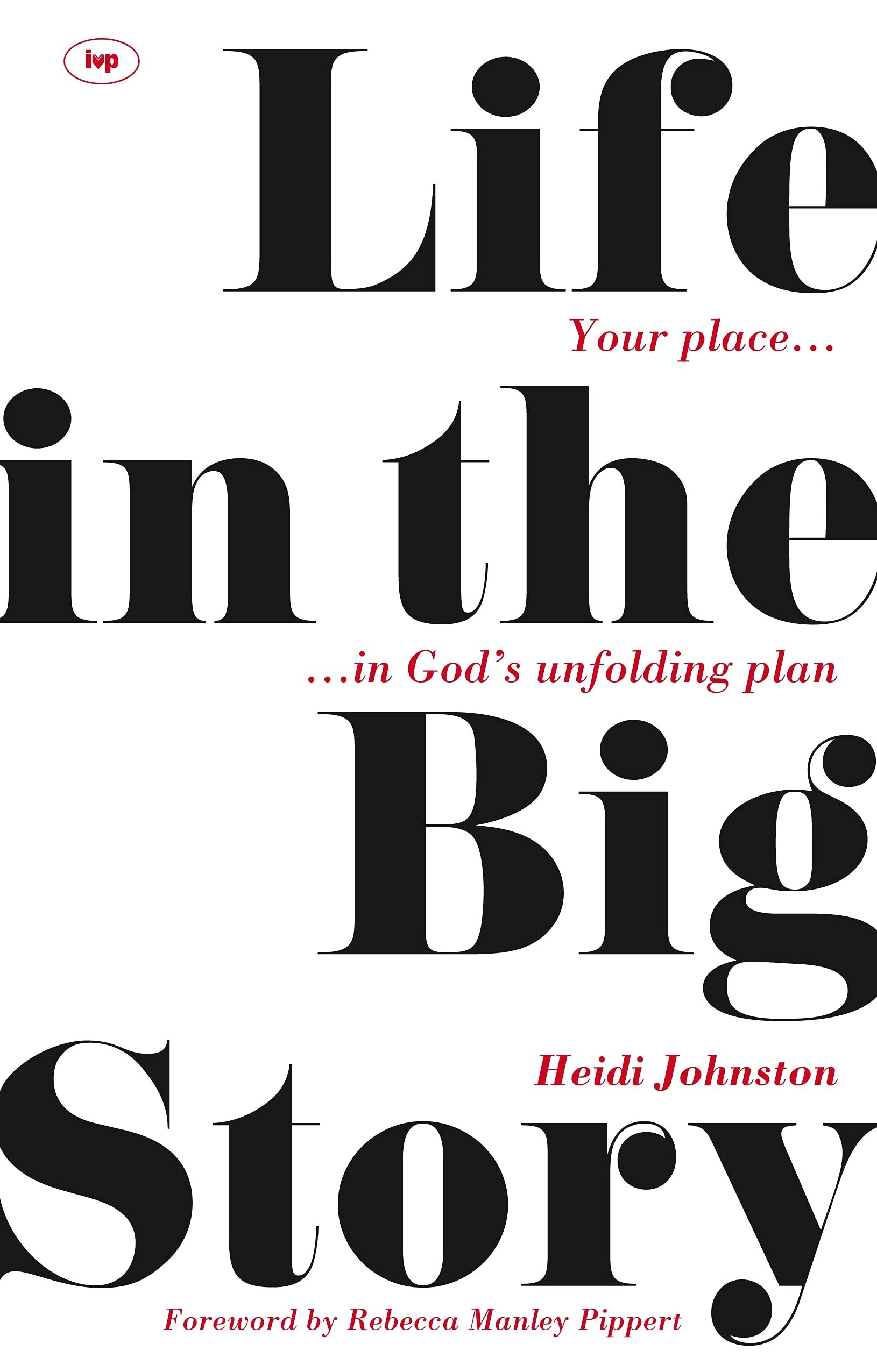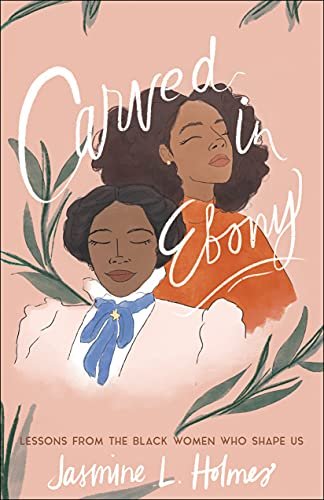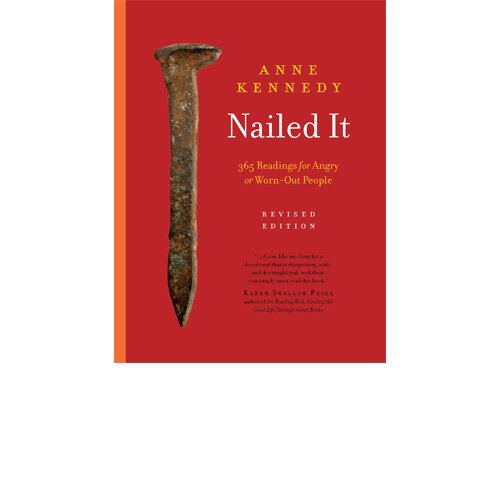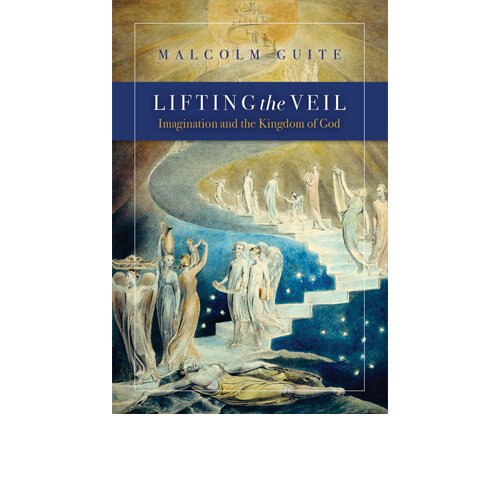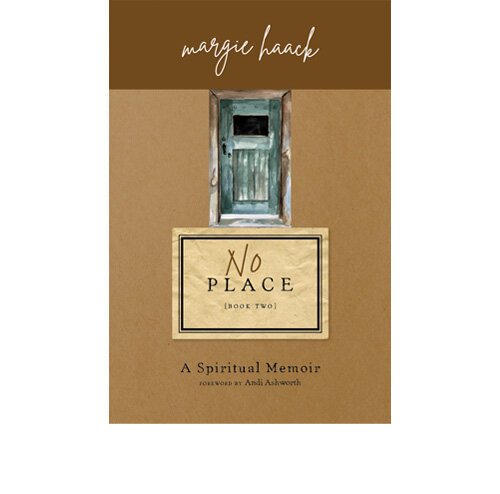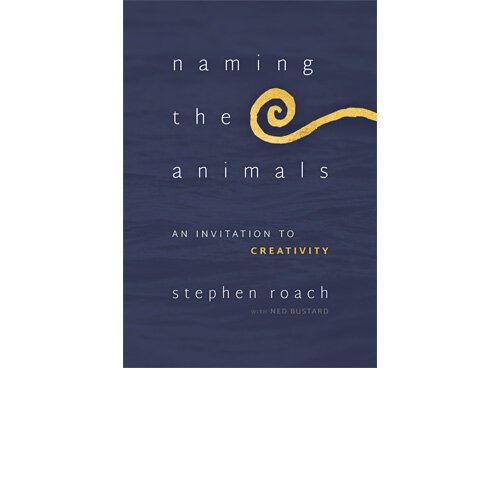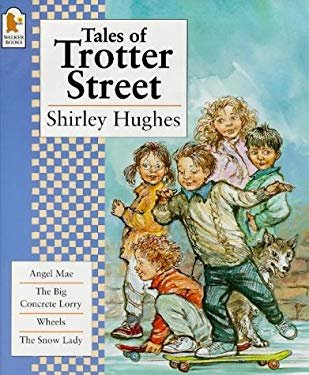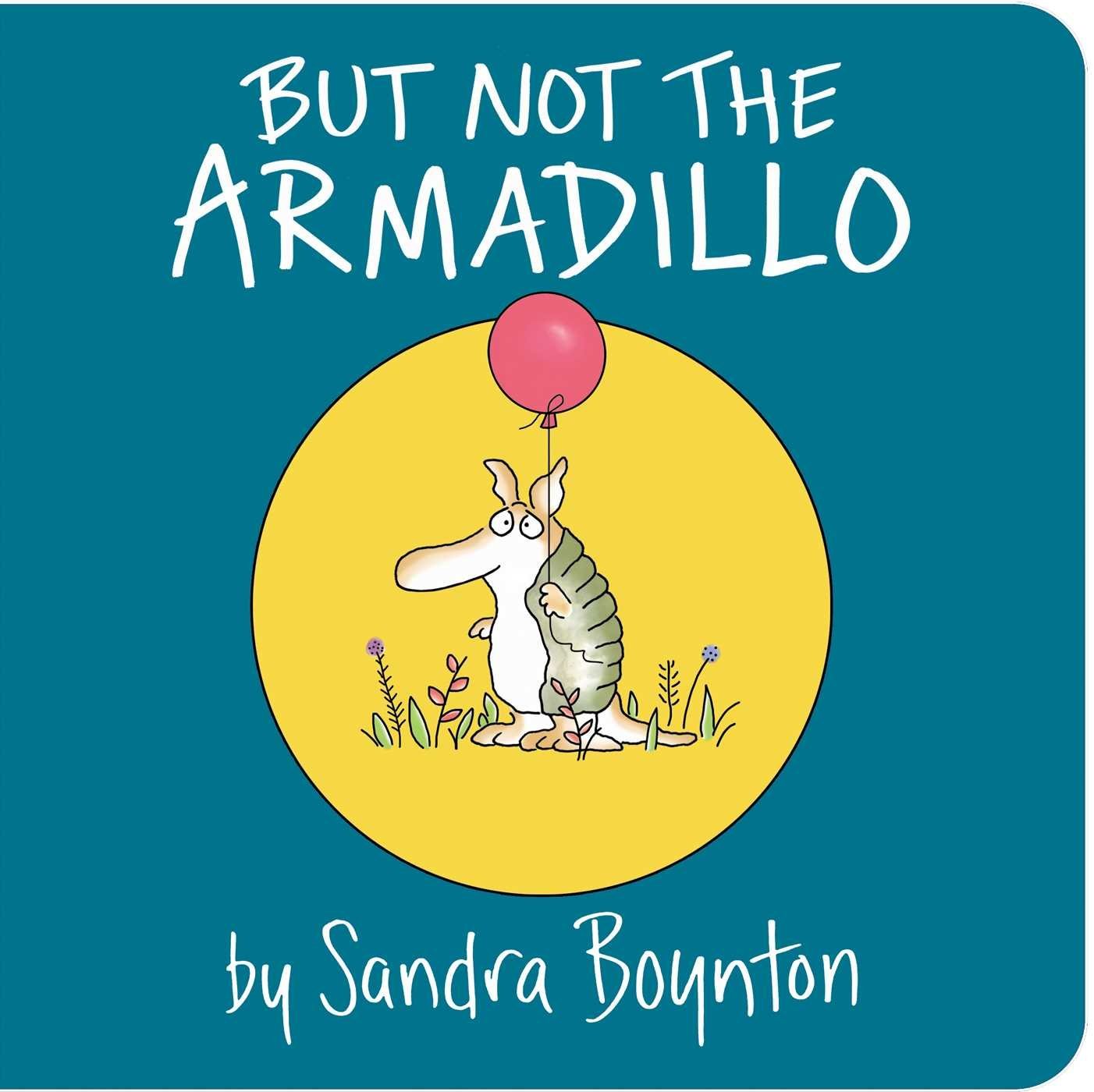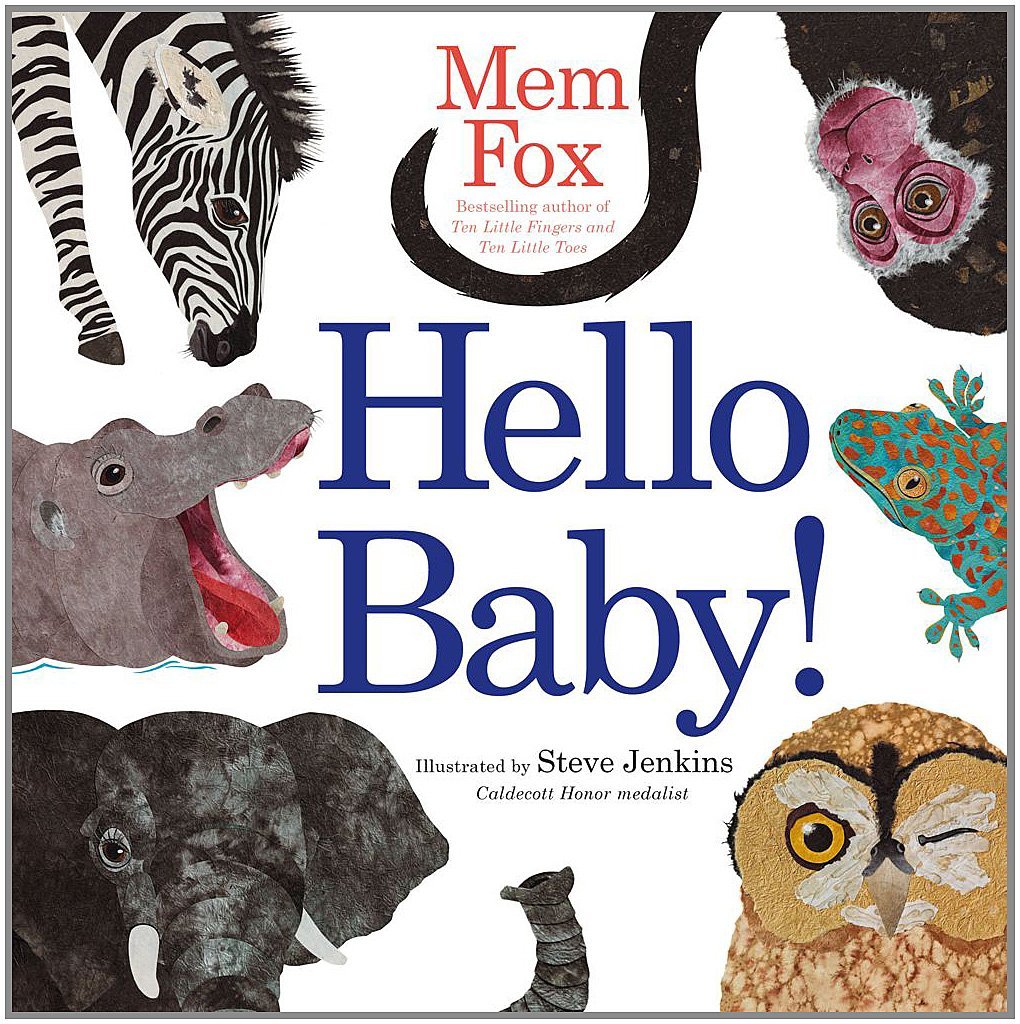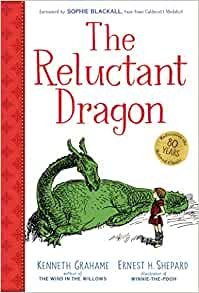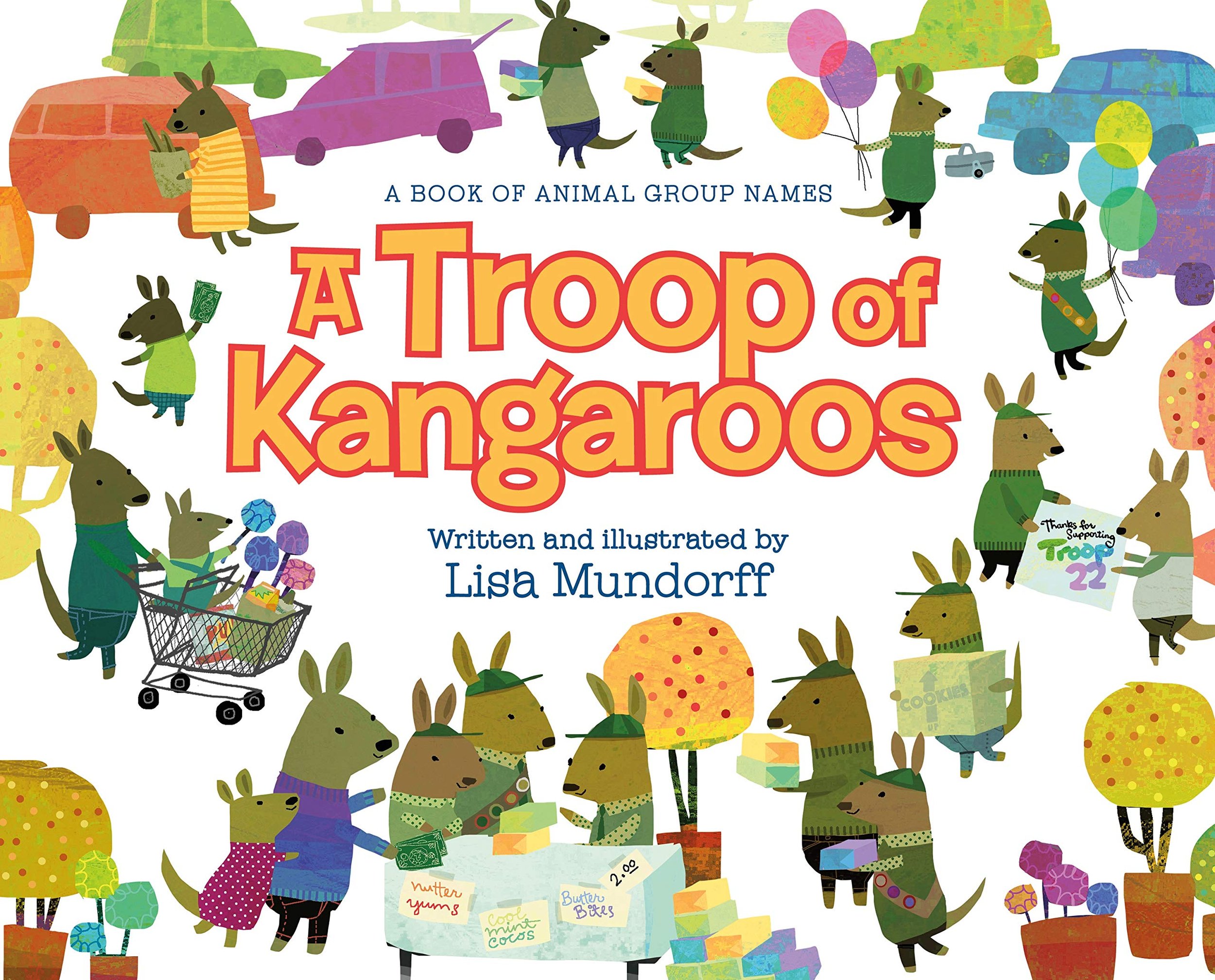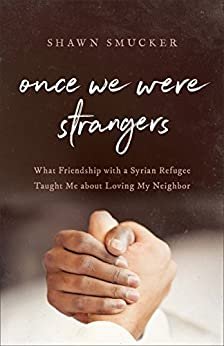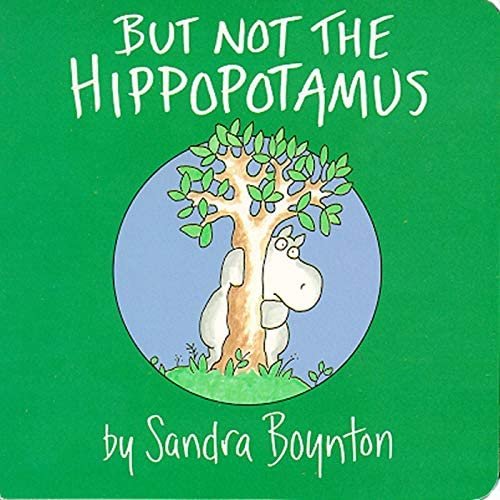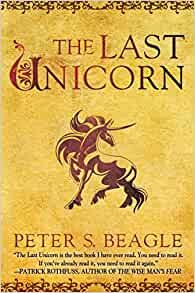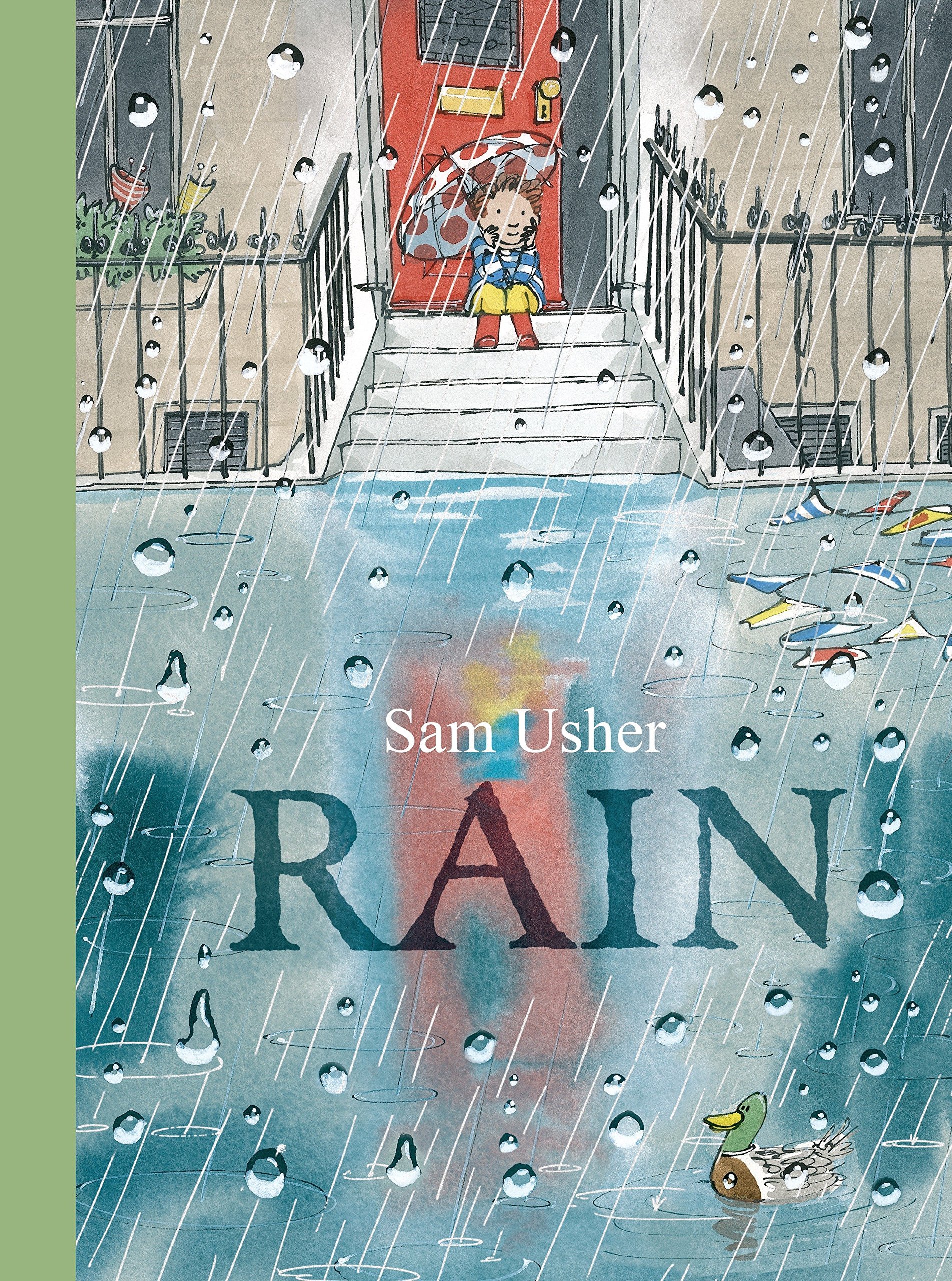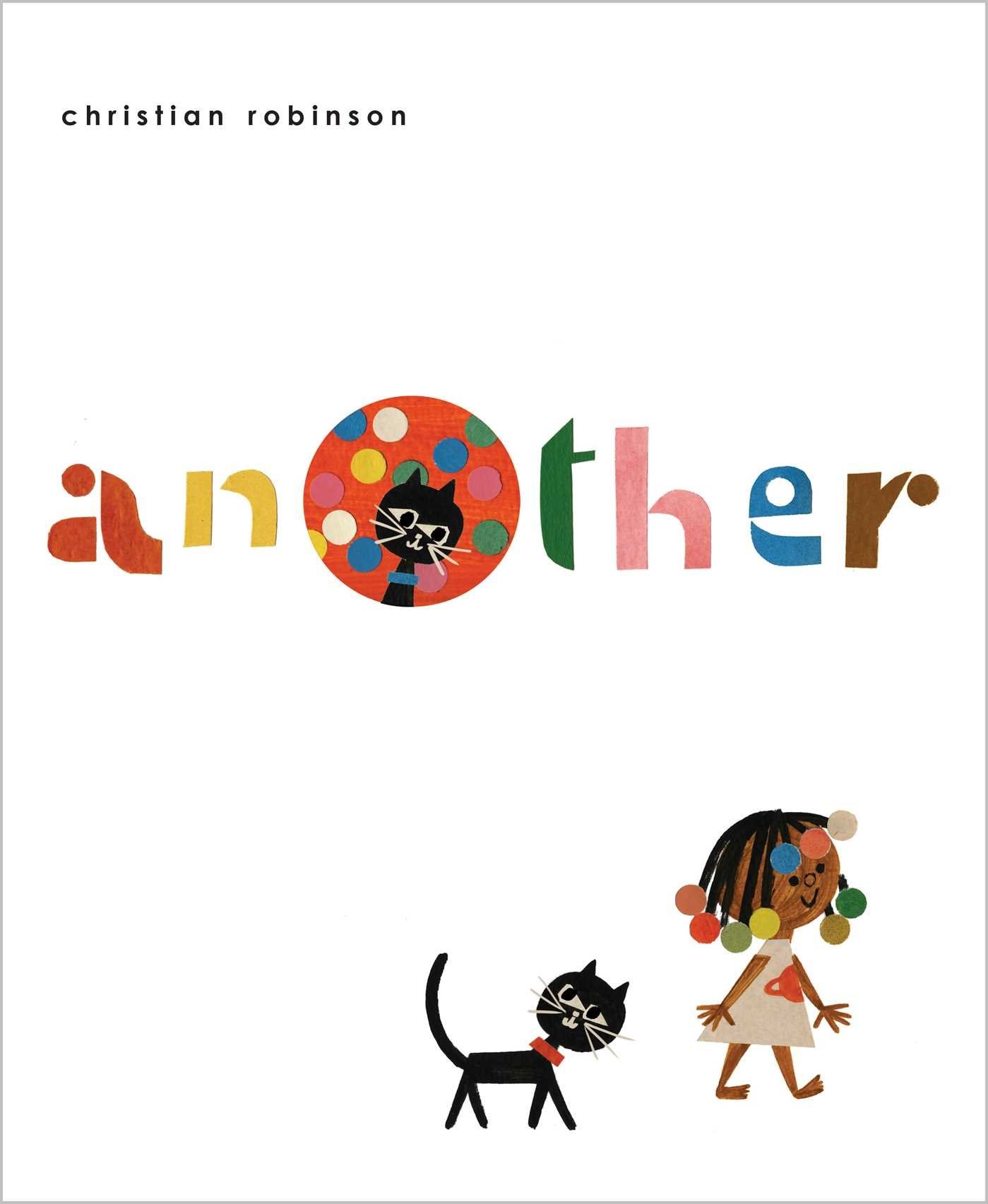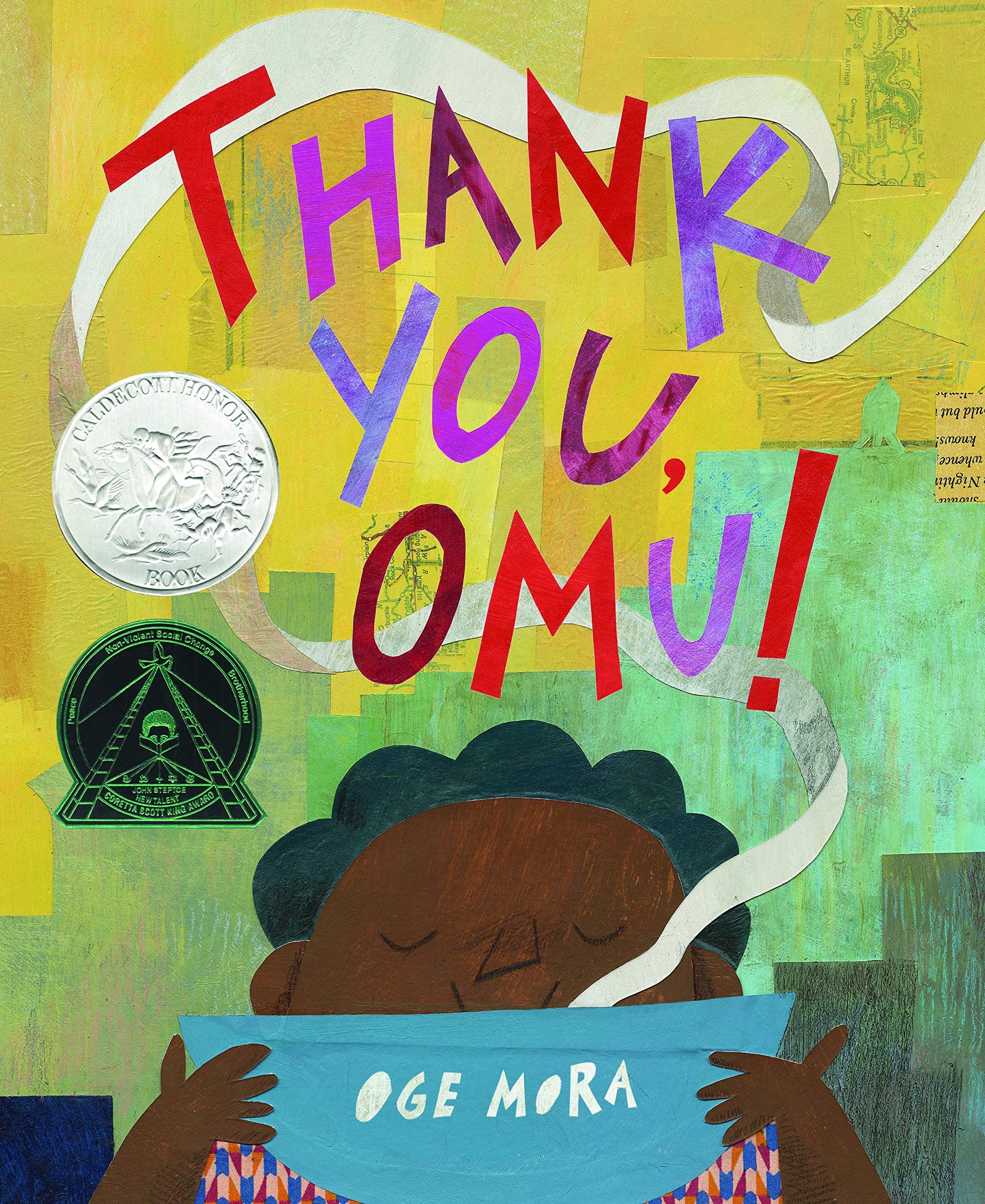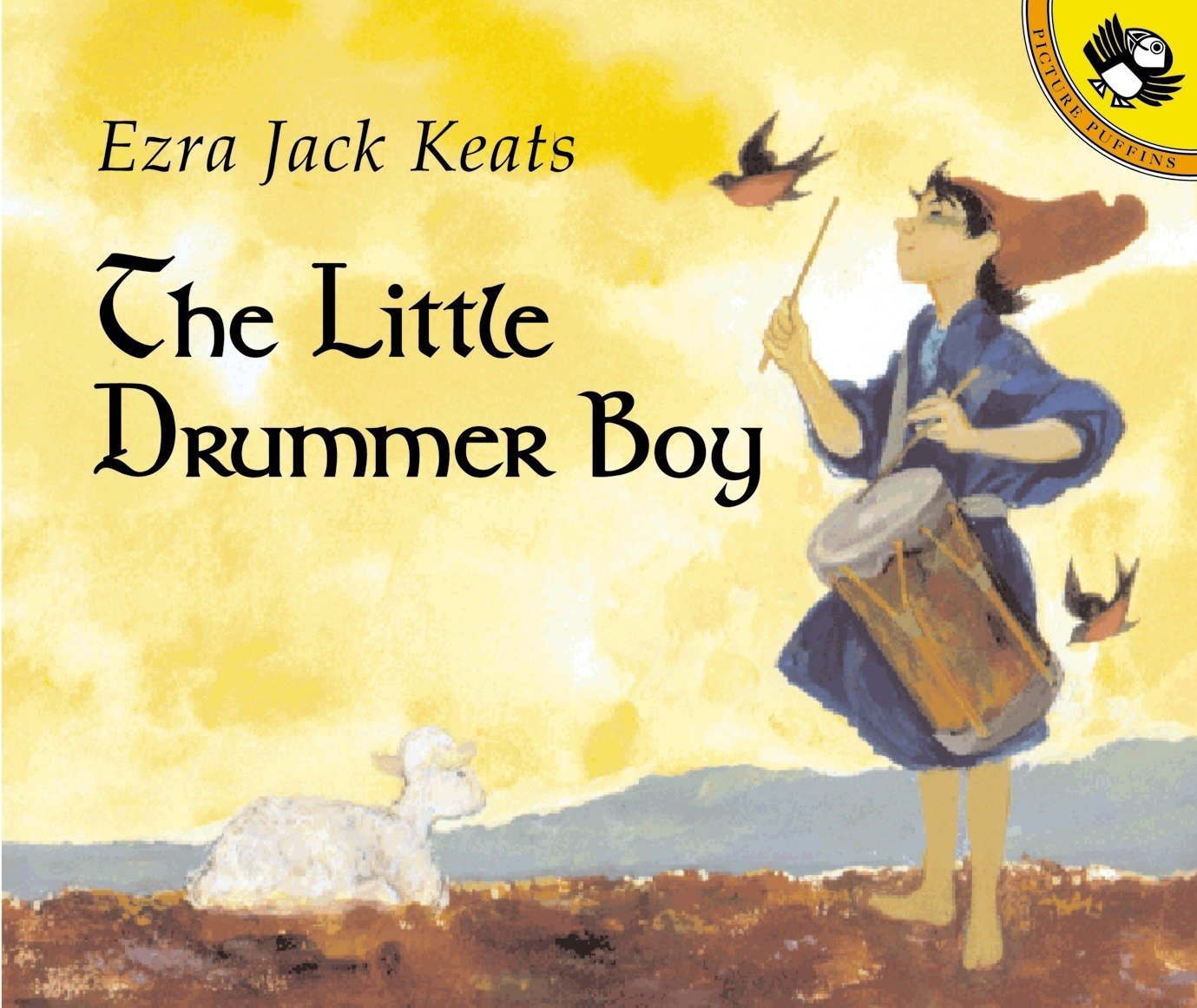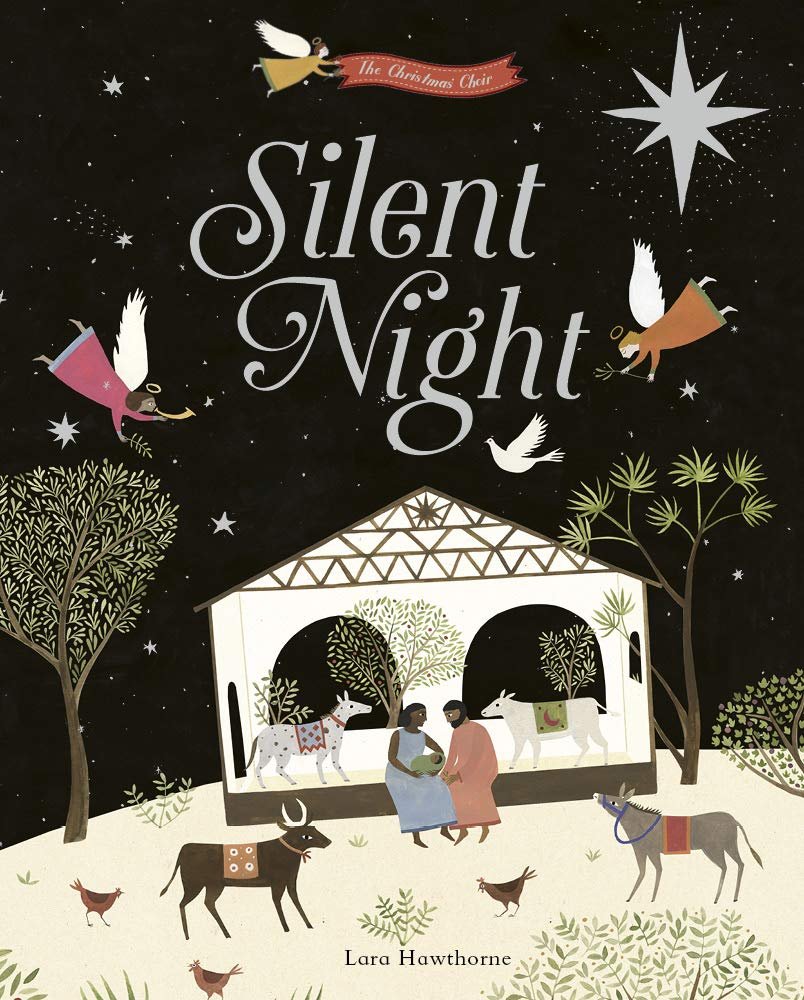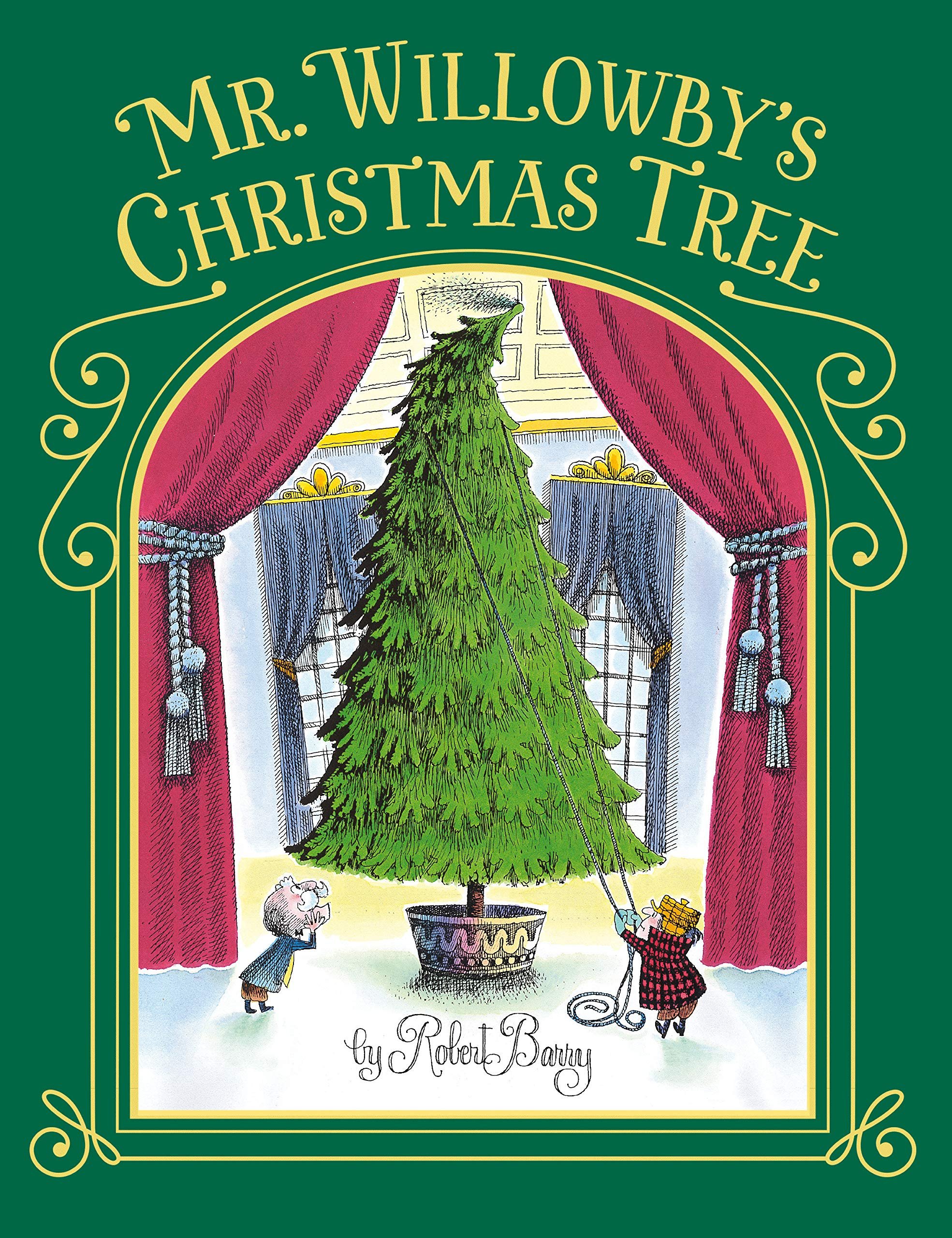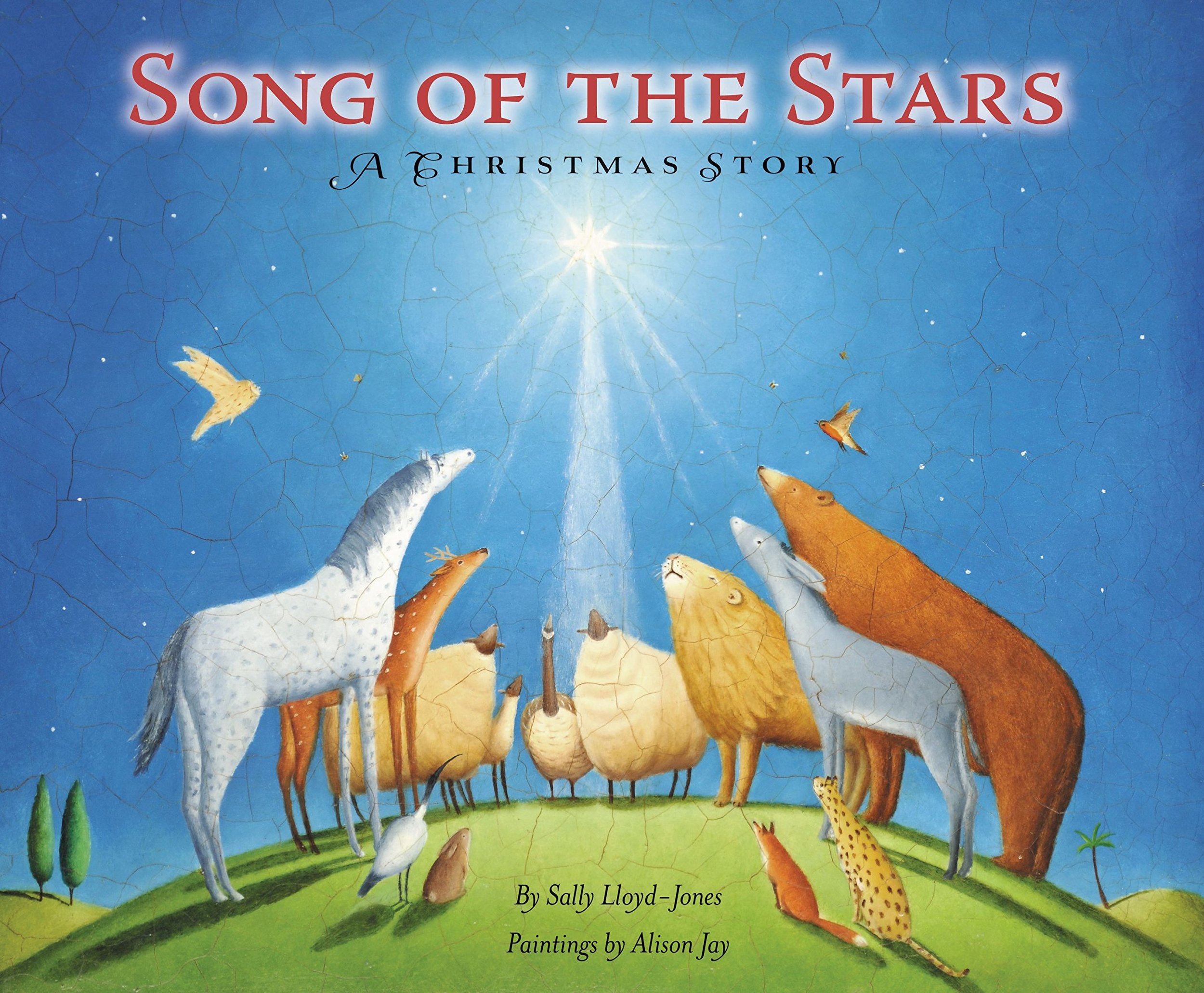Although I have switched my planner from 2021 to 2022, and although the calendar pages look clean and pristine, January 1 still feels more like a continuation of whatever was happening pre-Christmas holiday than an actual new beginning.
Since I’ve never been very good at keeping up with New Year’s resolutions, I’ve recently been thinking of the first of the year as a way to re-orient where I have gone off track or to strengthen what I have let grow weak. And as I try to reset, I need my imagination to be sparked and my heart encouraged to keep going on the path that’s been set before me.
CS Lewis helps me with this in The Silver Chair. Jill and Eustace have been put on a journey to find a long-lost prince. Puddleglum, a Narnian Marshwiggle, is to accompany them. Aslan, when giving Jill this quest, listed for her the four signs that if followed would bring them success. Along the way, she was to keep reciting the signs so as not to forget them and miss the landmarks. Although she started with good intentions to keep reciting them, she eventually fell prey to several distractions, causing the three travelers to get into some scary situations. As the story continues, Aslan shows up and offers grace, making it possible to continue the journey. I have needed this story to remind me how daily remembering God’s promises and his words are a means of grace in my life.
Another Chronicles of Narnia tale, The Horse and His Boy, has also been helpful to my imagination. Not only is it a great adventure story, it’s a long, lovely parable of God’s providence. Throughout the story, Shasta deals with several scary situations and assumes it’s been fierce lions that have been following him on his journey and causing his hardships. In the end we learn what has been following him, as well as explanations him and the reader better understand what actually has been going on. This big reveal still continues to remind me of the providential hand of God; when my days are hard, I can remember Jesus promises to always be with me even when I don’t understand my circumstances and that he is the good shepherd leading me through dark valleys.
The following is a compilation of books to inspire you and the children (of various ages) in your life as you all continue into 2022. May these stories enlarge and strengthen your spirit and mind for the year ahead. This list has been compiled with the help of my editing team and a couple writers of Wild Things and Castles in the Sky: Choosing the Best Books for Children (coming out this March!), as well as several book-loving friends.
I recommend:
Extra Yarn by Marc Barnett | Illustrations by Jon Klassan
A young girl has a box of magical yarn. Through the book she keeps knitting things for the people in her community; the yarn never runs out. After finishing the book, I kept thinking that this was a wonderful picture of what it means to use one’s gifts for one’s people and how the love of Jesus in us is never ending.
The Hobbit, or There and Back Again by JRR Tolkien
I love Bilbo. I love how he finds the Took in him to go on an adventure with Gandalf and the dwarves. And I love how over the course of the journey he becomes a hero and a true friend. During the first half of the book, he keeps pining for all the good things of his home. But as he continues the adventure, he finds all the ways he is able to complete the job he is given, making he return home sweet. This is one of my very favorite books to teach middle school students— many interesting things in the story to enjoy and to talk about.
Carved in Ebony: Lessons From the Black Women Who Shape Us by Jasmine Holmes
Be inspired by ten black women who served God in extraordinary ways. Benefit from the research of Jasmine Holmes on these women and learn how these women, although not remembered in history books, have been important to the growth of the God’s Body, the church. As the website says, “This book is an unapologetic rejoicing in the fact that God chose to make each woman profiled in this book black and female for his glory, and it was good.”
Life in the Big Story: Your Place in God’s Unfolding Story by Heidi Johnson
Heidi deftly and wonderfully works through the book of Deuteronomy and other Scriptures to help us see how we are called to live a life glorifying to God. A wonderful way to biblically inform your imagination, and learn how the Old Testament (Deuteronomy) and the New Testament (John and Ephesians) are connected and inform how we live like we belong to God.
Carey Bustard, co-editor of Wild Things and Castles in the Sky and Pre-K teacher at The Geneva School, recommends these picture books:
The Dot by Peter H. Reynolds
Vashti decides she cannot draw. Her art teacher instructs her just to make a mark on the page and sign it. Vashti does. The next time she comes to art class, her signed dot is hanging behind her teacher’s desk in a swirly frame. This inspires Vashti to not only do more dots but to encourage another discouraged friend.
Hana Hashimoto, Sixth Violin by Chieri Uegaki and illustrated by Qin Leng
This is a beautiful tale of a little girl who has a vision of what she wants to do – play her violin for the school’s talent show, even though she’s only had a few lessons. Even though she has her discouragers, she still pursues her goal, surprising even herself by what she is able to produce.
Many Shapes of Clay: A Story of Healing by Kenesha Sneed
Eisha lives with her mom who makes ceramics. She’s having a hard day, so she and her mom create things out of clay together. And here we see how broken pieces can make up a new whole.
Lenny & Lucy by Philip Stead and illustrated by Erin Stead
A little boy moves to a new house in the middle of the woods. Because the woods seem scary, he creates a guardian named Lenny made out of pillows and sets it outside of his house for protection. Then he makes another one so Lenny isn’t alone. And it is because of Lenny and Lucy that he makes new friends, and the woods seem less scary.
Thea Rosenburg, co-editor of Wild Things and Castles in the Sky and also owner/curator at Little Book, Big Story website, recommends
Sing a Song of Seasons Edited by Fiona Waters | Illustrated by Frann Preston-Gannon
This lovely, large-format, lavishly illustrated anthology features a nature poem for each day of the year. Whether read aloud or lingered over by independent readers, Sing a Song of Seasons is a treasure full of creative wordplay and lively imagery.
Where the Mountain Meets the Moon by Grace Lin
Fueled by the stories her father tells her, Minli leaves the barren mountain of her family's home and sets out on a quest to change her family's fortunes. Along with its companion books Starry River of the Sky and When the Sea Turned to Silver, this book is richly informed by Chinese folklore and features color illustrations by the author herself.
Breadcrumbs by Anne Ursu
Ursu's gorgeous reimagining of "The Snow Queen" is set in the present day, where Hazel's best friend, Jack, disappears into the woods and she must go in after him. Though Breadcrumbs is inspired by an old story, there is something magical and wholly new about it.
The Outlaws of Time Series by N.D. Wilson
Sam Miracle's arms are scarred and damaged; his dreams are so vivid they seem more like memories than dreams. This trilogy begins with a bang and doesn't let up until the end of the last book—and the action only stops there if you manage not to pick the first book up and begin the whole series again.
Missy Andrews, co-director of the Center for Literary Education and author of My Divine Comedy: A Mother’s Homeschooling Journey, recommends: :
Julius Caesar by William Shakespeare
This Shakespeare story, a good choice for junior high and high schoolers, explores the nature of tyranny, so rooted in the nature of man, with the virtuous and well-meaning Brutus concluding by the play's end that the spirit of Caesar cannot be extinguished because it lives in himself. Would that all of us in the present cultural moment appropriate Brutus' sight of self!
Devotions by Mary Oliver
A collection Mary Oliver arranged of her own works—her “best of.” These poems demonstrate a remarkable sensitivity to spiritual truths perceived in the created world as well as the poet’s supple artistry with language. The work's opening poem, "I Wake Close To Morning" sets the tone for all that follows. Oliver asks, "Why do people keep asking to see/ God's identity papers/ when the darkness opening into morning/ is more than enough?"
Laura Peterson, a writer for Story Warren and a librarian, recommends:
Everything Sad is Untrue by Daniel Nayeri
A reminder of the truth is always a good way to start a new year, and this YA novel/memoir is full of this truth: life is full of pain and struggle, and yet there is resilience and beauty and hope. It weaves memories of the author's childhood in Iran and immigration to America with insights about the refugee experience and flashbacks to the lives of family members, creating a non-linear but mesmerizing soup of story and memory. The audiobook is also excellent, and maybe even a better way to experience this story than reading it on the page.
The Losers at the Center of the Galaxy by Mary Winn Heider
Unresolved grief is one of those things determined to keep you stuck in the past - wondering, regretting, but not moving forward into what's next. The brother and sister in this middle grade novel have been dealing with the grief of a missing father for some time, but they just seem to be stuck. In this case, moving forward is going to take a rare and somewhat ridiculous combination of science experiments, tuba playing, first crushes, and escaping from a live bear. It's goofy and heartfelt and a great picture of what it looks like to take a deep breath and turn the corner into what's next.
I asked Matthew Dickerson, a prolific storyteller and essayist and one of the writers for Wild Things and Castle’s in the Sky, which of his books would be a good to read in January. Although he highly recommended the classic Book of Three by Lloyd Alexander, of his books, he said The Road and the Work: The Song of Kristine, Son of Finn.
Set in the mid-7th century in the days when monks (many with Irish and English roots) were bringing the Gospel back down to Europe, and when the Gospel was first being preached to a very pagan Scandinavian culture, this story is about calling and the value of story, song, and art, and also how God works through story.
I asked Shawn Smucker, author of a couple books recommended in Wild Things and Castle’s in the Sky, which of his most recent books would he recommend to start the year reading.. would it be The Light from Distant Stars, These Nameless Things or The Weight of Memory?
This story reminds readers to focus on what’s important: the present and the people we love. When Paul receives his terminal diagnosis, his life basically stops. All he cares about is finding a home for his granddaughter back in the town where he grew up. This novel is great for high school and older.
Byron Borger of Hearts and Minds Books recommends:
When Stars Are Scattered by Victory Jamieson and Omar Mohamed
This graphic novel tells the story in the co-author Omar Mohamed. Omar, originally from Somalia, spent much of his young life in Dadaab, a refugee camp in Kenya, where he had the opportunity of going to school. He tells of his life as a refugee, including his journey to the US where he was settled in Arizona, where he got a college degree in international development and became a US citizen. It’s informative, interesting, and inspiring — a great read for age 9 and up.
Leo, Inventor Extraordinaire by Luke Cunningham.
It isn’t every day a Christian publisher releases an adventure book for a boy that isn’t fantasy with mythical creatures in a middle-earth type scenario. This is not that sort of fantasy. And this now has garnered incredible reviews from the likes of Super Bowl champion and TV personality Michael Strahen, who says “Leo: Inventor Extraordinaire is a book all kids should read, with a hero we all can root for.”
Jaime Hilton, children’s and high school theater teacher and director, recommends two William Shakespeare plays.
Much Ado Amount Nothing is a comedy and a drama. It has an easy to follow narrative. Benedict and Beatrice make some self-discoveries and choose to change their ways.
As You Like It has an accessible story line, too, as well as fabulous wordplays. The subtext is all about true nature vs. what we show to the world, which would make good conversations for the beginning of a new year.
Check out your local bookstore for these titles. Or connect with Hearts and Minds Books at https://www.heartsandmindsbooks.com.
—
This post was written by Leslie Bustard, one of the co-editors of Wild Things and Castles in the Sky, coming in 2022.

